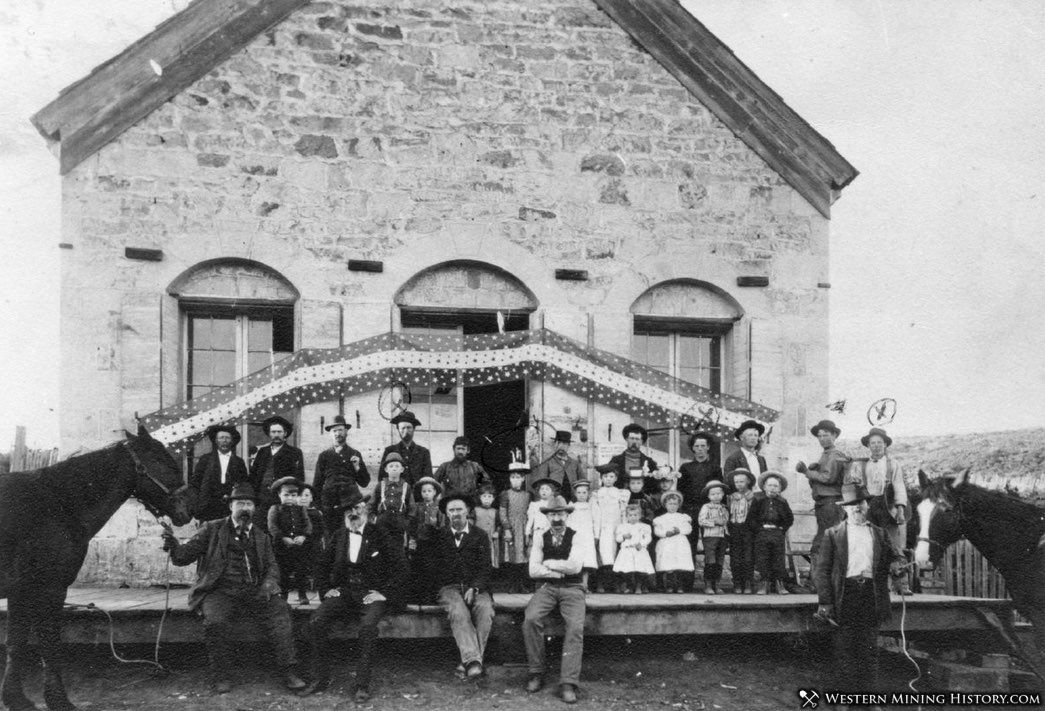Sparta History
The town of Sparta was settled after years of planning and months of work on the Sparta Ditch. The surrounding area was known to be rich in placer gold, but a reliable water supply was needed to recover it.
The Sparta Ditch was the work of the Eagle Canal Company, which was formed in 1869 to explore the viability of mining ditches in the region. With the backing of Baker City investor William H. Packwood, the ditch project was started in mid-1871, and the completed ditch was thirty-two miles in length.
An excellent article from the Oregon Encyclopedia discusses the Chinese laborers that built the ditch:
Crews from Baker City and Auburn, under the supervision of Ah Fat, began work on two miles of the ditch in May 1871; another section was contracted to supervisor Le Tew. The terms of the contracts stipulated that payment would not be made until three to six months after the ditch was completed and water had reached Rattlesnake Gulch above the present town of Sparta.
As a result, the laborers worked without remuneration for up to eleven months. The ditch used flumes and tunnels that a non-Chinese crew had dug along a vertical rock wall from 1869 to 1871. The Chinese crew then dug by hand through thirty miles of rock.
Packwood established the town of Sparta, eight miles from the ditch site, in 1870 or 1871. The ditch crew and the miners who were reworking nearby Eagle Creek placer mining claims contributed to the increase in the town’s Chinese population. By the late 1870s, the town had between 1,000 and 1,200 Chinese residents.
Early accounts of Sparta and the surrounding mining district greatly underestimate the town’s significance during the 1870s. Certain sources claim the population numbered only about 300, while U.S. Geological Survey records list total placer production before 1900 at just $157,000 in gold.
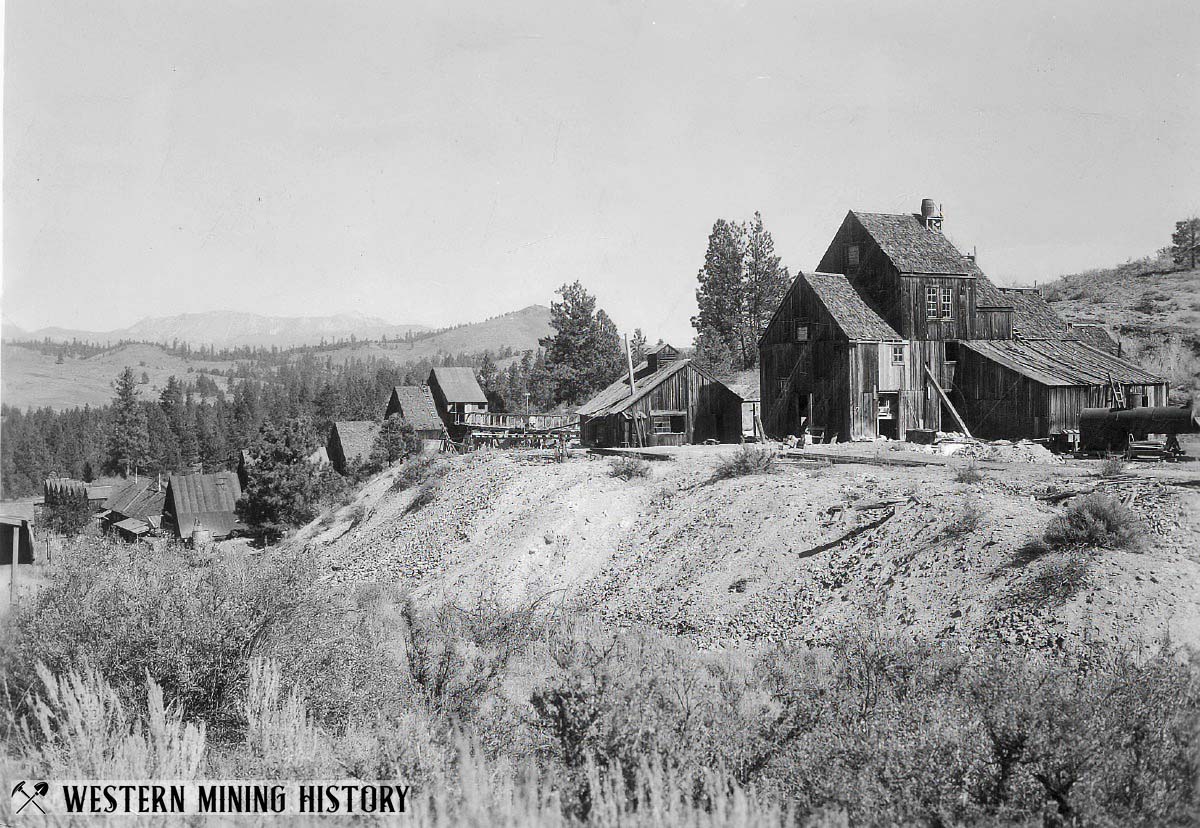
According to the Oregon Encyclopedia, which appears to be well-researched, the Chinese population in Sparta exceeded 1,000. A firsthand recollection published in the Oregon Scout on June 19, 1890, by a miner active there in the early 1870s, similarly reported that the town’s population was over 1,000—though it is uncertain whether this figure included the Chinese residents—and that “Shanghai Gulch alone produced nearly one million dollars in gold.”
The USGS reports that lode mines in the Sparta district produced $677,000 in gold from 1889 to 1892.
Despite continued lode mining, Sparta’s boom years were long past. The Oregon Scout article quoted above reported that by 1890 the town was virtually abandoned. From the perspective of the miner who had known Sparta during its peak, that may well have seemed true. In reality, however, the community remained active, and a new schoolhouse was even built the following year.
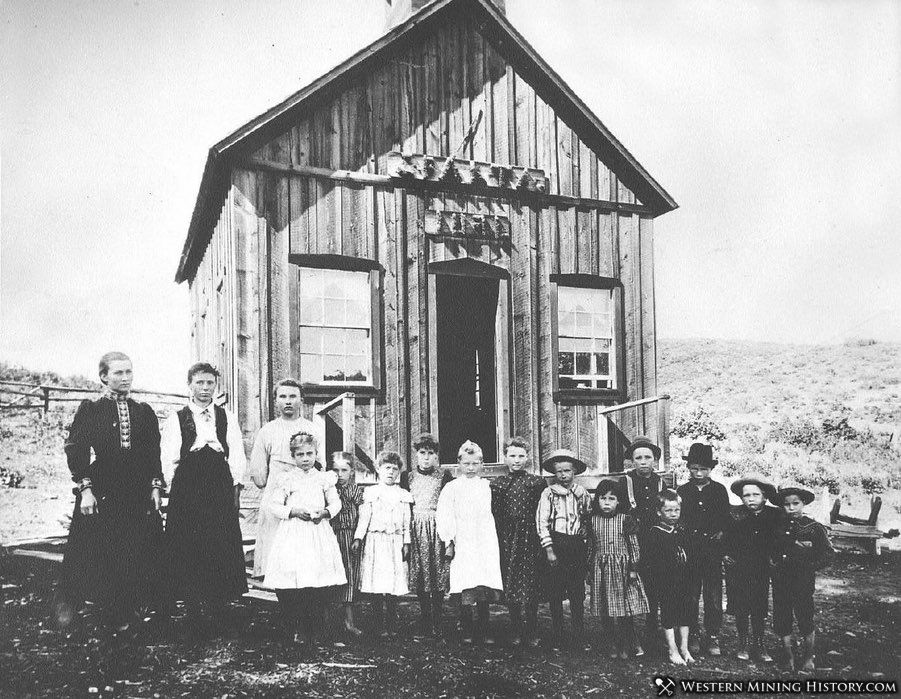
Sparta transitioned from a placer mining boom town to a sleepy agricultural town, made possible by the water flowing through the Sparta ditch. Ultimately the ditch fell into disrepair and was no longer used, and Sparta became a ghost town. Sparta had a post office from 1872 to 1952.
Still standing in Sparta is the general goods store originally built by Sigmund Heilner in 1872. Sigmund and his brother set up and operated the general store and banking business under the name E. D. Cohn & Company.
Oregon Mining Photos
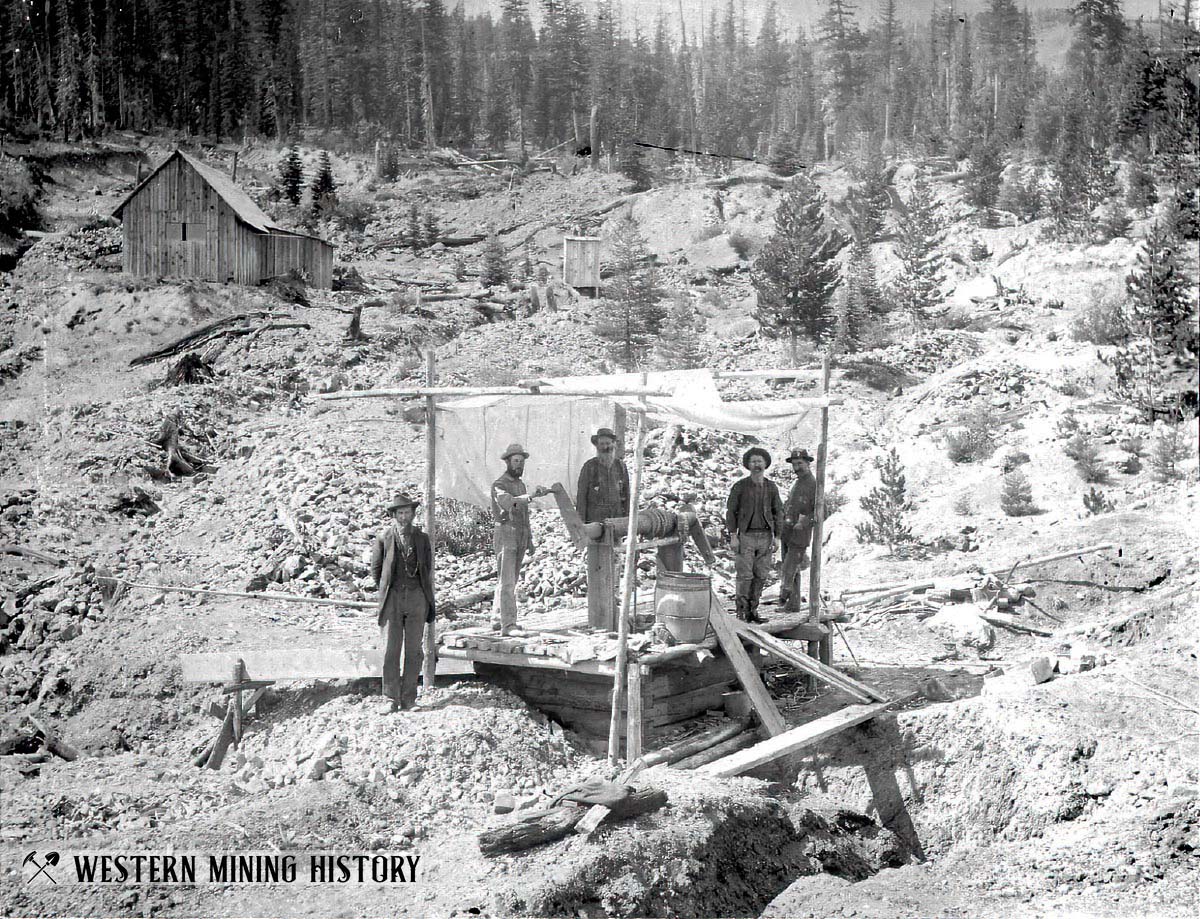
Check out this collection of some of Oregon's best historic mining scenes at A Collection of Oregon Mining Photos.
Oregon Gold
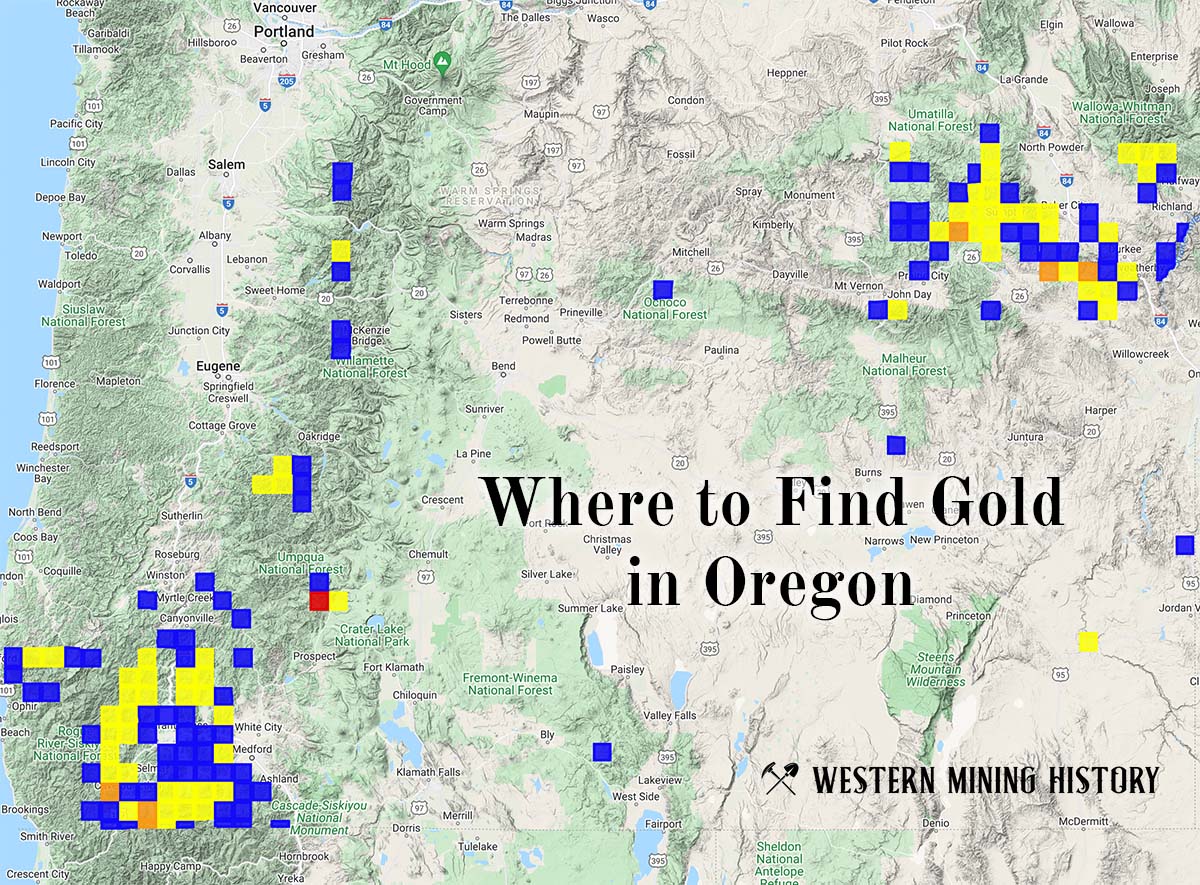
"Where to Find Gold in Oregon" looks at the density of modern placer mining claims along with historical gold mining locations and mining district descriptions to determine areas of high gold discovery potential in Oregon. Read more: Where to Find Gold in Oregon.
